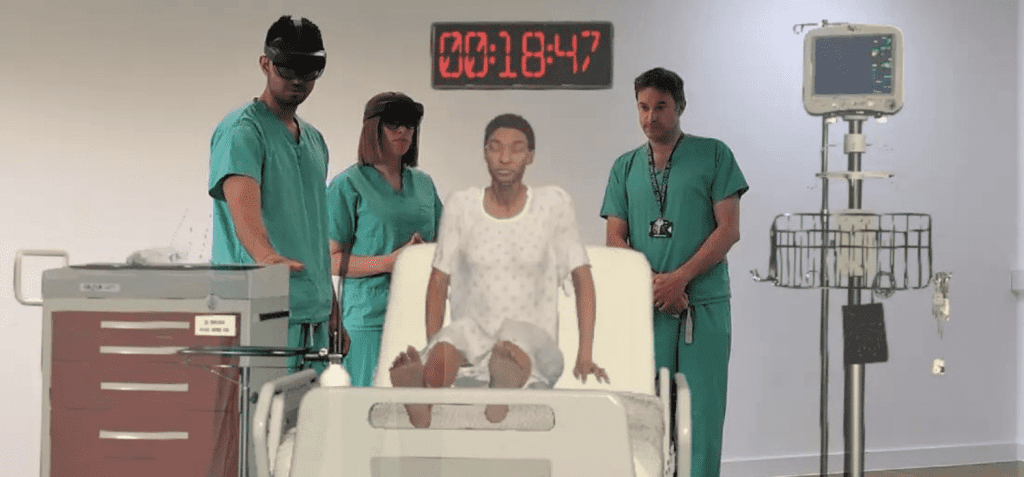Three innovations shaping the future of healthcare
Health is one area where humanity has made impressive progress over the past century. Since 1900, the global average life expectancy has more than doubled. And even over the past twenty years, we have seen continuous improvements in key health metrics. For example, between 2000 and 2019, global life expectancy increased by more than six years.
The past 20 years have also seen a range of extraordinary medical breakthroughs from effective HIV treatments and targeted cancer therapies to nanomedicines and the mapping of the human genome. Meanwhile, tech innovators are becoming serious about the possibility of tackling the ageing process itself, investing increasingly vast sums of money in the field. For example, in 2022, startup Altos raised $3 billion in funding to conduct anti-ageing research.
There are clearly reasons to be optimistic about the future of human health. However, the futurists we consulted for our Future 2043 report struck a note of caution, reminding us that pitfalls remain. “Unfortunately, I predict the world will be less healthy in developed nations, as we aren’t addressing primary prevention,” explains Hugh Montgomery, OBE, Professor of Intensive Care Medicine at University College London. “The budget for treating an escalating number of increasingly sick people won’t be there, and the drivers for non-communicable diseases (which include a lack of active transport, diets comprising ultra-processed foods, and poor air quality) are sustained,” he adds.
Meanwhile, Biofuturist Melissa Sterry warns that: “In 2043, the threat of another pandemic (or multiple pandemics) will likely continue to loom large.” She adds that: “While medical advances could help in the early identification of pandemic threats, many of the issues we have seen with COVID-19 are likely to persist.”
Despite these challenges – or perhaps because of them – we expect to see increasing levels of healthcare innovation. Discover below, three innovations that could indicate the direction of travel for human health technology.

Medical students at Addenbrooke’s Hospital in Cambridge no longer need to rely on actors for some of their training. Using holograms and mixed reality accessed via headsets, students and doctors interact in real-time to adjust treatments and assess severity of illness for a range of digital patients. Called HoloScenarios, the programme was developed by the University of Cambridge and Cambridge University Hospitals NHS Foundation Trust using technology developed by GigXR. Students move about the space treating patients for common respiratory ailments, including pneumonia, anaphylaxis, and pulmonary embolism. Read more

Cell biologist Dr Leila Strickland came up with the idea for BIOMILQ while she was breastfeeding her own newborn. Struggling to produce enough milk, she turned to formula. Although the choice was the right one, she also realised that it was not ideal, as formula does not have the perfect nutritional composition for babies. Eleven years later, Strickland worked out how to culture breast cells in a lab and collect the milk they secrete. Read more

Researchers at Brown University have developed a material that responds to the presence of bacteria by releasing encapsulated medication. Although still in the research stages, the material could lead to the development of wound dressings that deliver medication only when it is needed. This, in turn, could reduce the use of antibiotics and the growth of antibiotic-resistant infections. Read more
Want to discover more about what the world will look like in 2043? Download our free Future 2043 report which draws on the insights of 20 of the world’s leading futurists. For more innovations, head to the Springwise Innovation Library.

